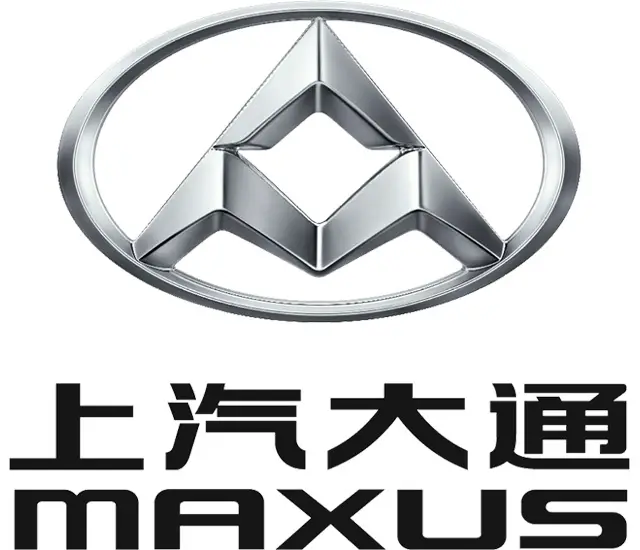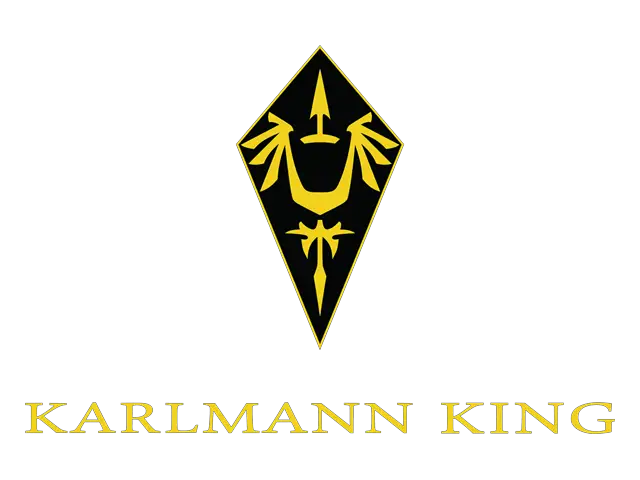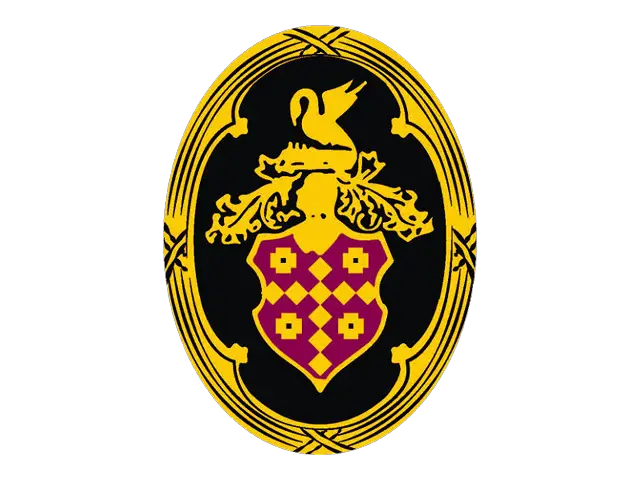nissan Logo - History, Design, and Meaning

Company Overview
Nissan is a multinational company, established in 1933 in Japan. Today, it is the largest producer of electric cars globally and the world's sixth-biggest automobile manufacturer.
Key Information
- Founded: 1933
- Founder(s): Masujiro Hashimoto, Yoshisuke Aikawa
- Headquarters: Nishi-ku, Yokohama, Japan
nissan Logo Meaning and History

The name 'Nissan' can be translated from Japanese as 'sun product' or 'birth of the sun' ('ni' stands for 'sun,' and 'san' means 'birth' or 'product'). The brand's visual identity has always reflected the meaning of its name.
Nissan has consistently aimed to introduce new designs and technologies to the automotive industry, showcasing the value of its roots and heritage.
What is Nissan?
Nissan is a Japanese automobile manufacturer, which was established in 1933. Today the company has three car marques (Nissan, Infinity, and Nismo), under which it produces cars, luxury automobiles, trucks, and commercial vehicles, which are distributed all over the world through several Nissan subsidiaries, located on different continents.


The first Nissan logo featured an iconic emblem in a red, blue, and white color palette, where the sun symbol, a red circle, was complemented by a blue rectangle and white lettering.
The wordmark was executed in all caps using a bold, strong typeface, making the brand's name bright and confident.

In the 1940s, the brand experimented with its logo's shape, featuring a creative geometric figure with six angles—four rounded and two sharp at the top.
The wordmark was rendered in a friendly and dynamic hand-drawn typeface with smooth lines, featuring an enlarged letter 'A.' The edges of the letters 'S' were cut, creating a vivid sense.
The color palette primarily featured red, with framing and lettering in white.
The 'rising sun' emblem was placed above the wordmark, contoured in fine white lines.

In the early 1950s, Nissan simplified its logo by using a rectangular shape with all-caps lettering. The color palette remained red and white, with a stronger font and larger letters.
The red rectangle had rounded corners and a white frame, giving it a soft and stylish appearance.

The new Nissan logo was based on the previous version but featured more angular lettering without a frame.
The sharp and straight lines of the typeface reflected the progress and power of the brand.

The Nissan logo from the 1960s featured cursive lettering with sharp lines, appearing modern and elegant. The wordmark was executed in red against a white background, creating a minimalistic and sophisticated visual identity that stood out among other brand logos.
When placed on cars, the wordmark is silver, giving it a more expensive and stylish appearance.

The company experimented for three years with an italicized rounded typeface complemented by a brown color palette to find the perfect balance for the wordmark. This was a short and atypical period for the brand.

Nissan reintroduced the rectangular framing. The wordmark is in all-caps again, using a traditional serif font. The thin and straight lines of the letters give the logo a clean and neat appearance, evoking a modern and technologically-centered approach.

The brand returns to its roots. The Nissan heritage is celebrated in its 'new-old' logo, featuring an iconic emblem and a wordmark placed within a rectangle.
The lettering is confident and strong, with a custom typeface that makes the logo memorable and recognizable. The color palette is minimalistic, featuring monochrome with gray.

In 1978, the Nissan logo began using a classic black and silver color palette, with solid plain letters engraved on a horizontally-oriented metallic banner. The typeface of the inscription repeated the one from the previous version, but the characters started looking more geometric in the new scheme.

The redesign of 1988 brought back the iconic geometry of the Nissan logo, placing a horizontal rectangular banner across the solid circle. Both elements were set in silver and black, with the background of the circle in matte silver supported by the letters on a plain black banner. The logo looked very powerful and confident.

In 1989, the Nissan badge was executed in a very minimalistic style—plain black letters set against a white background, with no additional elements or shades. The bold flat logotype looked very brutal and masculine, evoking a sense of quality and precision.

The concept of a circle with a rectangle was reintroduced to the Nissan logo in 1990, but with significant modifications. The banner was set in matte silver, with black lettering supported by a black outline of both the softened rectangle and the ring, replacing the solid circle from the badge of the late 1980s.


The contours of the iconic Nissan badge were refined in 1998, with smoother and more elegant lines. The color palette now consisted mainly of white, with minimized black accents used for letters and the logo's framing.

The letters are perfectly spaced, and the lines of the typeface make the wordmark look great both when placed on the emblem and when used on its own.

The redesign of 2012 slightly altered the color palette of the Nissan badge, making the silver hue warmer and more yellowish, with the glossy surface becoming matte and sleek. With the new light shades, the badge started looking more voluminous, with the lettering banner becoming spherical.

The logo introduced by Nissan in 2020 is a sleek minimalist badge, executed in flat monochrome, repeating the shape of the iconic emblem in a modern and stylish way. The black capitalized inscription is placed between two arches, forming a recognizable Nissan circular logo. The ends of the arches are elongated and sharpened, making the two parts look a bit like horseshoes and adding sophistication to the logo the world has known for many years, making it look different and creative.

Nissan borrowed its emblem from the sister company, Datsun. One of the most recognizable brand icons in the world, it represents the red rising sun, a heraldic symbol of Japan.

The Nissan emblem is composed of a circle with a rectangle placed horizontally on it.

The company's emblem was created in the 1930s and has undergone several modifications during its history, mainly affecting the color palette and font of the wordmark placed in the emblem's rectangle.

However, from the 1950s until the 1980s, Nissan didn't use its famous emblem in its visual identity. The logo during that time was designed around the brand's wordmark.
The typeface of the Nissan logo, pivotal in crafting the brand's modern identity, epitomizes a blend of sophistication and functionality. This bespoke font, carefully chosen for the Nissan wordmark, is characterized by its clean lines and balanced proportions, echoing the brand's ethos of innovation and reliability. The medium's thickness and flexibility are meticulously calibrated to ensure legibility and impact across various applications, from the centerpiece of the logo to digital platforms and business cards. The font's design process was inspired by Nissan's commitment to 'shisei tenjitsu o tsuranuku,' a guiding principle meaning to pierce the truth of things, reflected in the clarity and precision of the typeface.

This font stands as a testament to Nissan's past iterations and milestones, encapsulating the brand's journey through its iterations and reflecting a forward-looking perspective that resonates with today's digital connectivity demands. The choice of typeface is strategic, aligning with the brand's vision for the future while paying homage to its rich heritage. It conveys a sense of stability and elegance, making it a powerful tool in Nissan's visual identity, particularly in how it connects with customers on social media, in digital advertising, and through the overall ownership experience. The typeface, therefore, is not just a component of the logo but a crucial part of Nissan's branding, symbolizing the company's dedication to excellence and its role in shaping the future of mobility.
This font stands as a testament to Nissan's past iterations and milestones, encapsulating the brand's journey through its iterations and reflecting a forward-looking perspective that resonates with today's digital connectivity demands. The choice of typeface is a strategic one, aligning with the brand's vision for the future while paying homage to its rich heritage. It conveys a sense of stability and elegance, making it a powerful tool in Nissan's visual identity, particularly in how it connects with customers on social media, in digital advertising, and through the overall ownership experience. The typeface, therefore, is not just a component of the logo but a crucial part of Nissan's branding, symbolizing the company's dedication to excellence and its role in shaping the future of mobility.
What does the Nissan logo represent?
The Nissan logo is a rethought and modernized representation of the motherland of the brand, Japan. The circular ring around the minimalistic and stylish lettering on the badge stands for the sun, which is also present on the National flag of Japan but drawn in solid red. The open contour of the circle on the Nissan logo represents motion and energy, which makes the company move forward and develop.
Why did Nissan change their logo?
Nissan changed its logo in 2020 to show its progressive approach to business, production, and design. With its new badge, the company states that it is growing and developing, following the latest trends in visual identity design, and applying innovative technologies to the manufacturing of its vehicles.
Is Nissan changing their logo?
The last time the Japanese automaker changed its logo was in 2020, with the badge becoming more minimalistic and progressive than ever. So the answer is yes, Nissan is constantly enhancing and modernizing its visual identity, to show its progress and growth and to reflect the innovative approach the company uses in all of the spheres of its business.









